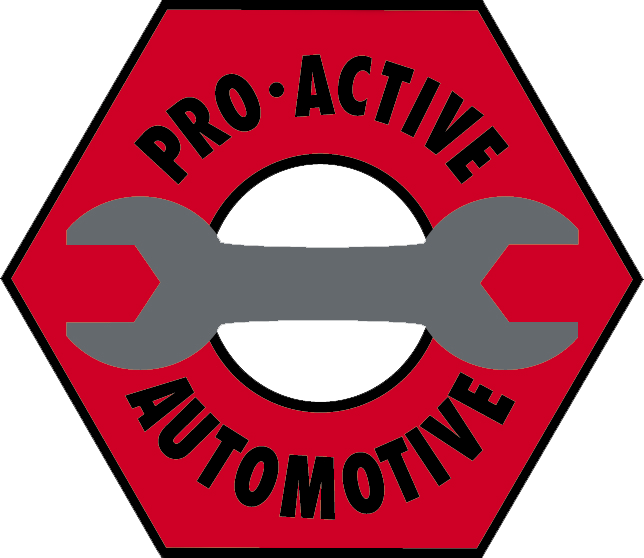With the days and evenings of the mercury going below zero finally gone, not only does the season change put more demand on an engine’s cooling system – so do our activities and creature comforts! Towing the boat or holiday trailer while still keeping everyone cool takes its toll on the cooling system.
The basic auto cooling system has not changed much over the last 60 years. Although the demands, efficiencies and complexity have gone way up, the principal is still much the same.
The vehicle’s cooling system is filled with an antifreeze/water mixture. This mixture sits in cavities and channels throughout the engine. As the engine is operated it starts to create heat from both the internal combustion of the gasoline or diesel fuel and friction from rotating parts. Once the coolant reaches a predetermined temperature it is pumped from the engine to the radiator. The radiator is a large heat exchanger that uses the air passed through it to remove the heat from the coolant. This now much cooler coolant is pumped back into the engine to start the process all over again.
With the basic idea of how this works, here are some tips and things to consider:
The radiator - the big heat exchanger that removes the heat from the coolant needs air flow across it to function. Any restriction of this air flow is detrimental to its ability to cool.
• Over time, bugs, plant fuzz, road debris and dust can start to build up and cause air flow restriction.
• Off roaders – thick muddy water, mud and dirt are very common causes of air flow restrictions.
• Truck guys – aftermarket grill inserts look really cool but many of them have much smaller openings than the original grill and can reduce air flow by as much as 50%.
• Winches, lights and other accessories can also reduce air flow.
Some or all of these conditions may currently exist to some degree but will usually show their presence when you need the most from your cooling system. Towing is a big burden on your vehicle’s cooling system and can have the biggest impact on it.
The use of air conditioning also adds strain to the cooling system – not only does it need to keep the engine cool, now it needs to keep you cool as well!
While you enjoy the beautiful mountain drives up that long, continuous climb to the summit with the whole family and the dog enjoying that nice cool air-conditioned breeze, you will often pass the guy pulling his holiday trailer with his eyes glued to the temperature gauge. And for good reason!
Don’t get too worried – your vehicle is meant to handle doing all these things when properly maintained but here are some tips and tricks should you run into an issue:
• Make sure there is enough coolant in the system to do the job. BUT never open a radiator up on a hot engine! The clear reservoir is the best check but if you don’t have a clear reservoir, check your coolant level when the engine is cold.
• Do a visual of the radiator surface for any kind of restriction. Note: what looks like it might be the radiator could be other coolers such as condensers, transmission coolers or intercoolers so you might need a trained pair of eyes to do this for you. Sometimes it’s necessary to remove a couple of components to get a good look.
• Keep an eye on the temperature gauge! The normal range for most temperature gauges is sitting right around the ½ mark - but you know your vehicle best and should be aware of where your normal temperature is. When your vehicle is working hard it’s not unusual to go over the ½ mark but it should still stay between the ½ and ¾ mark for sure. If you see a significant rise in your temperature gauge, then you might you need to do a couple of things to help the engine cool down. Turning your air conditioning off will help bring the engine temperature down, you can usually turn it back on once the temperature has returned to normal. If you are finding that it’s not cooling down and you are getting concerned, turn your heater on. This may be enough to get things cooled down enough to prevent overheating or boiling until you either reach your destination or somewhere where you can get your cooling system checked. If the temperature continues to rise then you may need to pull over and let it idle to see if the temperature will come down.
• The inside of the cooling system can be restricted too. Keep your coolant system clean by doing coolant changes at the recommended manufacturer intervals.
• Make sure you have the proper water/coolant mixture – this increases the heat transfer efficiency of the water.
• Old coolant starts to turn acidic and can cause the deterioration of other components and gaskets.
Stay cool everyone … and have an amazing summer!!
Pro tip:
While we're talking radiators - if you decide to fill up your coolant yourself, make sure the cap is put back on tightly and securely! This is a pressurized system, and if the cap isn’t secure, you could end up with coolant boiling over and spilling onto other parts in your engine bay.





